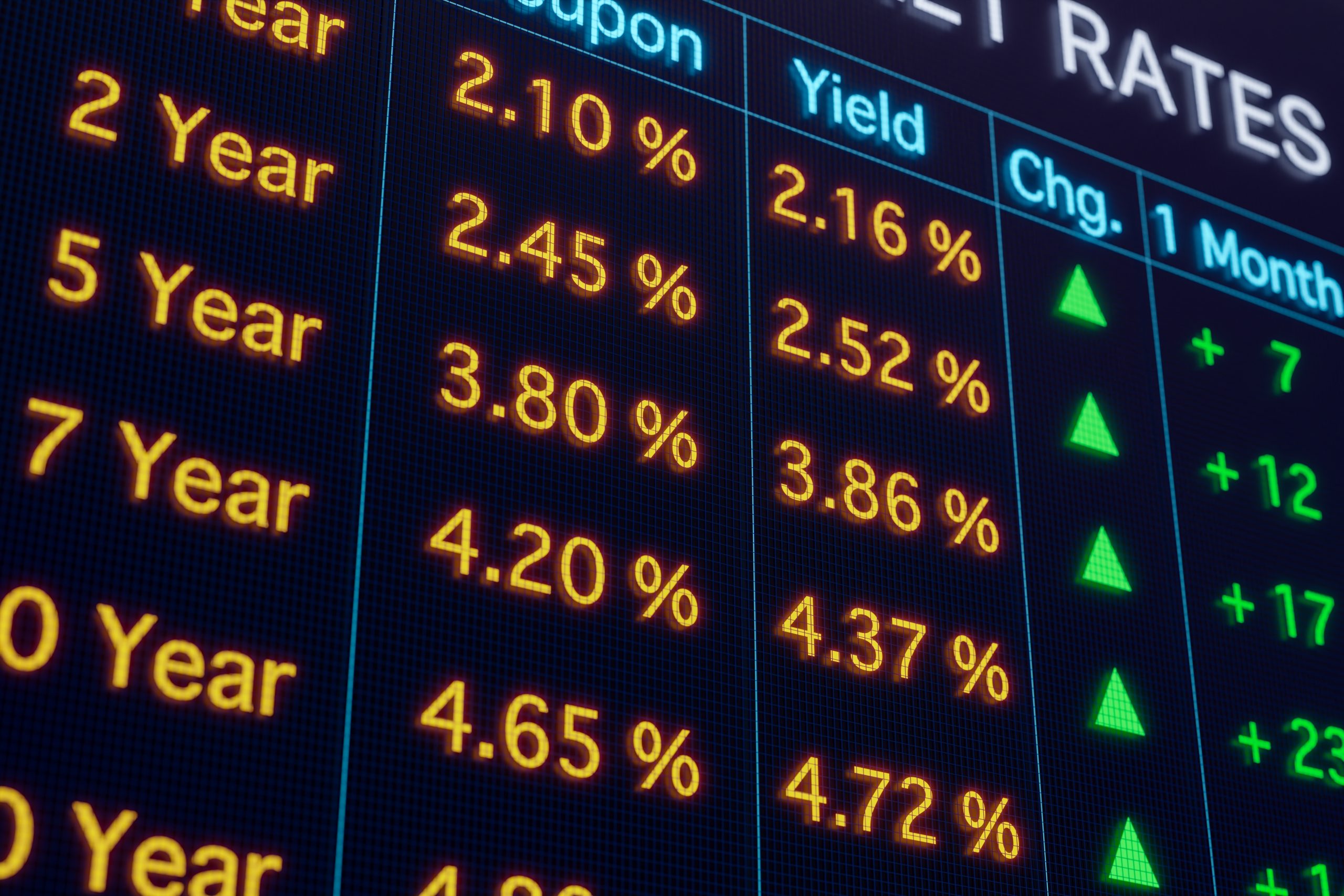Trading a Potential Green Energy Revolution in 2021
The Joe Biden presidency is expected to usher in a new era of renewable energy innovation and dominance in the United States.

Back in September, Luckbox projected several market sectors could surge if Joe Biden were elevated to the White House in 2021. At the top of the list was green—aka renewable—energy.
In this case, 2020 foresight was 20/20 because green energy has been one of the hottest corners of the stock market since the election. Solar companies in particular have been leading the charge, with the Invesco Solar ETF (TAN) now up over 200% on the year.
President-elect Biden consistently voiced strong support for renewable energy during his campaign, as well as a desire to ultimately fight climate change through net-zero carbon emissions. Since winning the White House, Biden has stated that the United States will rejoin the Paris Climate Agreement within the first couple of days of his inauguration.
Moreover, it’s expected that the Biden administration will attempt to push through a potentially transformational green energy deal at some point in the next two years. However, to enact meaningful change, the White House will undoubtedly need the support of Congress.
Democrats won control of the White House and the House of Representatives in November, but the fate of the Senate still hangs in the balance. Control of the Senate will be decided only after the votes from two special run-off elections in Georgia on Jan. 5 are tallied. Democrats must win both of those seats to take control of the upper house.
Current polling, for what it’s worth, suggests each party will win one seat.
That’s not exactly great news when it comes to potential follow through on the recent rally in green energy stocks, because the new president could find his legislative agenda hamstrung if Republicans maintain control of the Senate.
However, there’s reason to believe the president-elect’s green energy goals won’t be dead-on-arrival, even with a split Congress. Interestingly, a bipartisan group of Democrats and Republicans in the House and Senate recently found common ground on this very issue.
Included in the recent stimulus bill passed by Congress was an extension of vital tax credits for the solar power industry. Currently, solar power developers receive tax credits for 26% of a given project’s value, but that was expected to drop to 22% in 2021 and 10% in 2022. Language in the new stimulus bill extends those tax credits for another two years at the full 26%.
Underscoring the importance of that legislation, most stocks in the solar sector were up more than 10% on Monday, Dec. 28 after the bill was signed into law by President Donald Trump. Solar stocks making positive moves were Canadian Solar (CSIQ), Enphase (ENPH), First Solar (FSLR), JinkoSolar (JKS), Sunrun (RUN), SunPower (SPWR). Some smaller capitalized solar stocks saw even bigger gains, with ReneSola (SOL) up 29% and Eos Energy (EOS) up 20%.
Certainly, a green energy revolution wouldn’t be limited only to the solar sector, if one does come to pass. While solar and wind often get the most attention in the renewables group, biomass, geothermal and hydropower also stand to benefit immensely if the United States truly embraces a net-zero emissions goal.
Even without the tailwinds provided by comprehensive “green new deal” legislation, new solar power installations are already expected to outpace natural gas by 2023, and coal by 2024. Executive Director of the International Energy Agency (IEA) Fatih Birol made the inevitability of solar power clear, saying recently, “I see solar becoming the new king of the world’s electricity markets.”
A green revolution would also lift the fortunes of many other corners of the American (and global) economy. Electric—as well as hydrogen-fueled—vehicles are also integral if the world wants to reduce tailpipe emissions. Electric vehicle stocks exploded in 2020, suggesting savvy investors have already recognized their importance in the future green energy equation.
Because many electric vehicles require complex batteries to function, the battery corner of the technology sector also looks poised to thrive. Modern batteries require lithium, a naturally occurring resource that has seen its value skyrocket in the digital era.
Investors and traders seeking to profit from green energy may therefore need to expand their horizons to fully participate in this dynamic sector. In addition to the aforementioned solar-focused ETF TAN, readers interested in the green energy sector may also want to track the following renewable energy ETFs (listed by market cap, highest to lowest):
- iShares Global Clean Energy ETF (ICLN)
- Invesco Solar ETF (TAN)
- Invesco WilderHill Clean Energy ETF (PBW)
- First Trust NASDAQ Clean Edge Green Energy Index Fund (QCLN)
- ALPS Clean Energy ETF (ACES)
- First Trust Global Wind Energy ETF (FAN)
- Invesco Global Clean Energy ETF (PBD)
- VanEck Vectors Low Carbon Energy ETF (SMOG)
- SPDR S&P Kensho Clean Power ETF (CNRG)
- Global X YieldCo & Renewable Energy Income ETF (YLCO)
- Blue Horizon BNE ETF (BNE)
- SmartETFs Sustainable Energy II ETF (SULR)
To follow everything moving the global markets, readers can tune into TASTYTRADE LIVE at their convenience, weekdays from 7 a.m. to 4 p.m. Central Time.
This December, give the gift of Luckbox and get a free Luckbox T-shirt! See SUBSCRIBE or UPGRADE TO PRINT (upper right) for more information.
Sage Anderson is a pseudonym. The contributor has an extensive background in trading equity derivatives and managing volatility-based portfolios as a former prop trading firm employee. The contributor is not an employee of Luckbox, tastytrade or any affiliated companies. Readers can direct questions about any of the topics covered in this blog post, or any other trading-related subject, to support@luckboxmagazine.com.




















